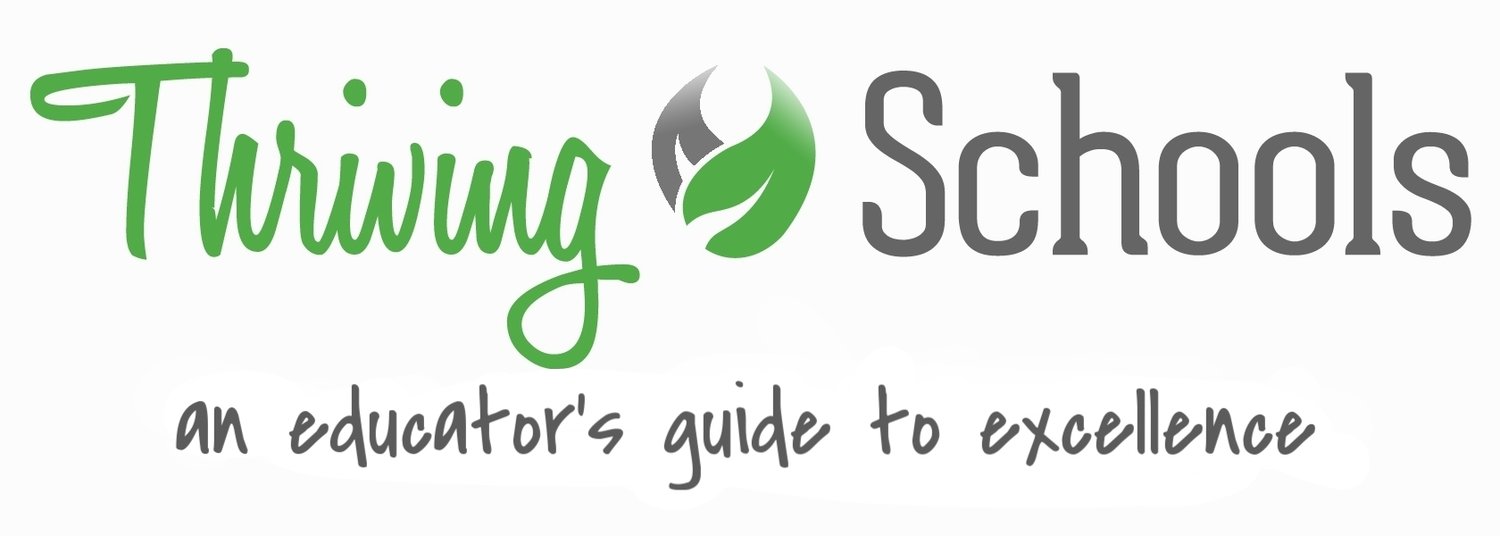Class size and budgeting at Success Academies
/The Success Academy Charter Network operates 41 schools in Manhattan, Brooklyn, Queens, and the Bronx. In 2015, its schools scored in the top 1% in math and top 2% in ELA among all schools in New York State. Perhaps more telling, though, is the response from parents. In the same year, it received more than 22,000 applications for a mere 2,300 open seats.
One of the more strategic decisions it has made over the years is to opt for large class sizes. Eva Moskovitz, Founder and CEO of Success Academy, explains her thinking this way, “Small class size is neither a guarantor nor a prerequisite of educational excellence.” She goes on to say, “Some proponents contend that because research shows reducing class size is beneficial, spending on this should be prioritized over anything that is unsupported by research. That’s a neat rhetorical trick but unsound logic. The absence of research on, say, teacher salaries doesn’t prove that we should pay the minimum wage to teachers to dramatically reduce class size. Research should guide spending decisions only if it measures the benefits per dollar of spending on all alternatives.”
In a piece we wrote recently on class size, a group of education researchers came to the same conclusion. According to Matt Chingos and Russ Whitehurst, “When school finances are limited, the cost-benefit test any educational policy must pass is not ‘Does this have any positive effect?’ but rather ‘Is this policy the most productive use of these educational dollars?’”
So how does Success Academy think its resources are more productively used?
Well, in the 5th grade, every student receives a laptop and a Kindle with an unlimited supply of e-books. What better way to encourage reading than by dramatically improving access (and research shows a child’s reading level is directly linked to available reading materials). Every teacher has a laptop, video camera, and access to a catalogue of lesson plans and videotaped lessons. The result being that teachers don’t spend their time and money duplicating each other’s efforts. And it invests in its teachers through effective professional development and mentorship from its best teachers. Their program for this is called “Labsite Educators,” and we’ll explore it in greater depth in a future post.
It’s clear that Ms. Moskovitz makes resource allocation decisions by comparing all the alternatives. Here’s just one example of how she weighs the tradeoffs. “Add just one more student per class schoolwide, and Harlem Success Academy I gets another $300,000 in total [funding]. With that, we can afford headhunters to find the best principals in the country, business managers to handle the non-instructional administration that would otherwise distract these great principals from driving high-quality instruction, ample professional development for teachers, museum trips for students, etc.”
While the dollar amounts in the last example are a bit outdated (they come from an editorial Moskovitz wrote in 2011), it’s her process of thinking that is crucial to understand. You simply cannot think about a school’s financial decisions in isolation. You have to know what you’re gaining and giving up with each set of actions you take.
Ms. Moskovitz concludes, “Obsession with class size is causing many public schools to look like relics. We spend so much to employ lots of teachers that there isn’t enough left to help these teachers be effective . . . Basic supplies are rationed in absurd ways: A school will pay $5 million in salaries to teachers who end up wasting time writing on blackboards because the school has run out of paper that costs a penny a page. (Don’t believe me? Ask a teacher.)”
Success Academies has put together a remarkable set of results with its students. And its thinking around class size and resource allocation is a clear and critical part of this achievement.

